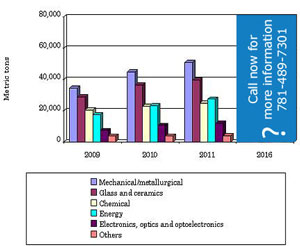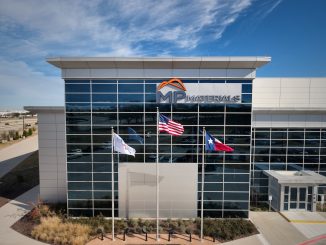
Two efforts to build a supply chain in Europe for rare earth resources and magnets are bringing together a cluster of industry and academic players spanning the continent — and reaching even to Beatrice, Nebraska in the USA for processing ore samples from an idyllic field in Norway. Among entities linked to the projects are research technology development firm RTD Talos in Cyprus, research institute SINTEF in Norway, along with REE Minerals in Norway and American processing firm Rare Earth Salts in Nebraska.
In the MagNEO project funded by the European Commission, a collection of 16 research groups and companies are joining up to focus on developing new capabilities in additive manufacturing of permanent magnets. The effort began this year and will extend for 48 months with a total budget of €7.8 million, financed by the Horizon Europe program. Among the participants are project leader RTD Talos, SINTEF, and Magneti Llubjiana in Slovenia.
The main goal is to develop a European version of rare earth-free permanent magnets for new energy and mobility applications. The concept is based on optimal compositions of novel Alnico & high-entropy alloys (HEA) that will be produced by additive manufacturing. Recycling strategies will be developed to allow for environmentally friendly and efficient reuses of dissimilar metals. The targeted properties of the magnets are (BH)max ≥55 kJ/m3 with a Co content ≤24% and (BH)max ≥72 kJ/m3 with a Co content ≤35%. The performance of the magnets will be confirmed for applications in low-speed permanent magnet generators in wind turbines and ship propulsion shafts, in high-speed rotors in heat pumps, also in automotive anti-lock brake sensors and headlamp systems.

In the SUPREEMO project, rare earth elements dug and bagged from pastoral Fensfelted in Norway are the center of attention. The €7 million EU-funded project is also financed through Horizon Europe. It seeks to establish a European value chain for extraction and processing of rare earth elements all the way to finished magnets. Coordinated by SINTEF, the project is an important step in this direction, says Arne Petter Ratvik, senior research scientist there.
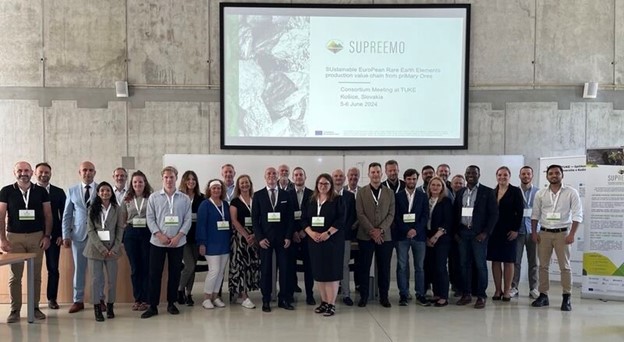
The project, derived from the title Sustainable European Rare Earth Elements production value chain from priMary Ores, began at the start of this year and lasts four years. The consortium consists of 11 European entities from industry and academia. Among them are also Greenland Minerals Ltd, Magneti Ljubliana, Technical University of Delft, Chalmers University of Technology and Less Common Metals of the UK.
REE Minerals, headquartered in Oslo, is supplying the raw materials. They are taken from Fensfeltet at Ulefoss, which may be Europe’s largest deposit of light rare earth elements. Located about 150 km southwest of Oslo, the deposits provide Norway a unique opportunity to develop an industry that is both commercially interesting and strategically necessary for Europe, says Thor Bendik Weider, chairman of the board of REE Minerals.
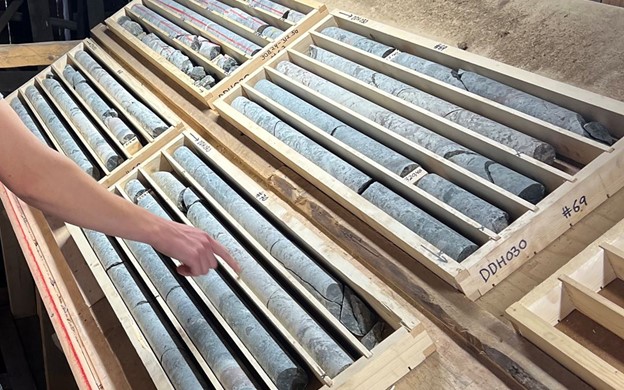
The company has been granted an extraction license for rare earth elements at the field by the Norwegian Directorate of Mining. Several drilling programs and an excavation have been conducted, and a recent mineral resource report documents an inferred deposit of 95 million tons with an average grade of 1.3 percent total rare earth oxides. This supports REE Minerals’ belief that the Fen field holds Europe’s largest known deposit of light rare earth elements, said Weider.
The project aims to further develop technologies for processing rare earth elements that have been demonstrated in previous projects. This involves the development of a full-scale demonstration plant where the goal is to process ten tons of ore into rare earth elements, enough for 50 kilograms of magnets. Based on this, a business plan for full-scale production will be developed and presented to investors.
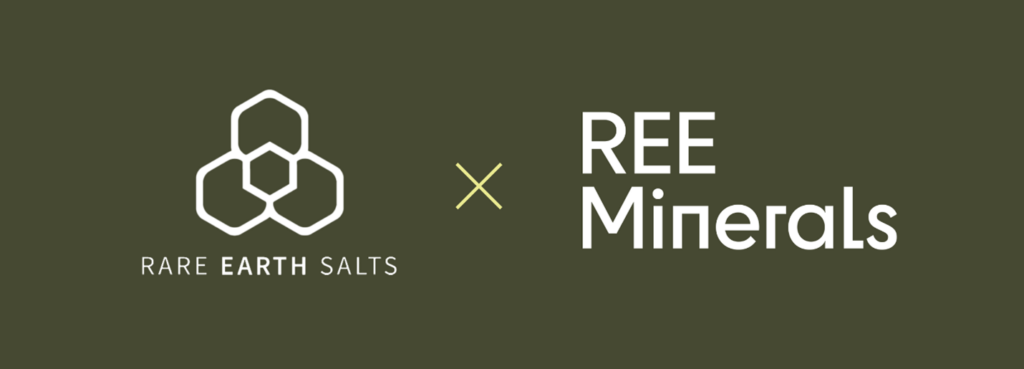
REE Minerals and Rare Earth Salts Separations & Refining in Beatrice, Nebraska have entered into a letter of intent to cooperate on the processing of rare earth oxides from Fensfeltet. The companies will test mineral samples from the deposit to evaluate and recommend a process for generating rare earth concentrate, develop an optimized process flow, and produce rare earth oxide samples for sales certification and offtake agreement negotiation.
Rare Earth Salts has developed patented technologies for the separation and refining of rare earth elements to high purity from various feedstocks worldwide, including both ore-based and recycled material. It has developed commercial processes for non-solvent extraction to produce three of the “Big 4” most critical rare earth oxides: neodymium, praseodymium and terbium. Recently it produced high-purity NdPr from light rare earth concentrate feedstock, as well as terbium and yttrium from recycled feedstock. Time from concentrate to first finished products is days with much fewer separation steps than is typical with solvent extraction.
“We look forward to investigating the commercialization of the Fen field deposit, which has the potential to become a substantial resource of key industrial elements,” says Aaron Dowd, CEO of Rare Earth Salts. The work will be done at its 50,000-sq-ft headquarters, commercial demonstration plant, laboratory and research & development facility which has also provided separation solutions in several programs for the US Department of Energy and Department of Defense.
For more info, see www.talos-rtd.com, www.sintef.no, www.reeminerals.com, www.rareearthsalts.com.

